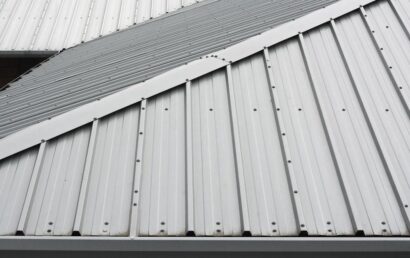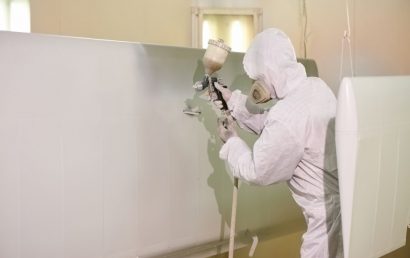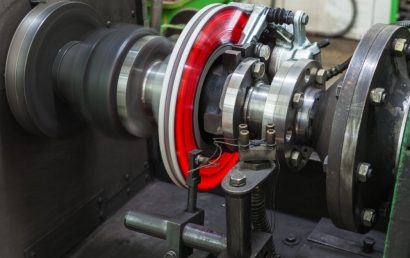How Do Power Plants Deal With Corrosion?
This piece will take a look at the problems caused by corrosion of power plant equipment and infrastructure. We will examine various applications of thermal spray coatings used in this industry, the reason for their use, and provide examples.
What Causes Corrosion In Steel/Metals?
Corrosion is the process that occurs in steel because of its propensity to get back to the energy state at which it is the most stable (this is referred to as a high energy state). There are a series of reactions or steps involved in the corrosion process. These steps result in the production of oxides and the release of energy. Originating from the steel’s surface, an electric current is the form in which this energy is released.
Power Generation Corrosion Risks
Particularly in the case of power generation, there are many risks involved when corrosion becomes and remains a factor. This can be broken down into two basic categories – infrastructure and systems. Here is a list of why or where problems arise in each of these categories:
- Infrastructure – structural steel, containments, slabs, pits, pedestals, tunnels, discharge/outfalls, PCCP pipe, intake, and canals.
- Systems – scrubbers, boilers, flue gas path, grounding, insulated steam lines, service and fire water piping, condenser water boxes, heat exchangers, pumps, and screens/filters.
The Development of Thermal Spray
The development of thermal spray, which back in the early 1900s was first patented, is supported by numerous applicators, suppliers, societies, associations, etc. Here are a few interesting facts about the thermal spray process used in power plants:
- Coatings applied through thermal spay are metallized and exhibit unique characteristics. A coating is formed on a metal surface by the spraying of molten metal.
- A significant heat source brings the feedstock material to the level of a near molten (or molten) state.
- Using a gas, the prepared surface is coated by the propulsion of atomized particles onto it.
- Through a proper application technique (a process referred to as “line of sight), a buildup of TS coating results.
What’s Involved?
Thermal spray coatings in power plants involve the following:
- Electric energy – wire arc or plasma
- Combustion heat source – HVOF or flame
- Substrates –plastics, metals, concrete, or steel
- Feedstock – wire, rod, or powder
Common Application Areas for Thermal Spray
When it comes to power plants, areas in which thermal spray is most frequently used are determined by a number of characteristics, environments, and factors. Here are some examples:
- High temperature – economizers, superheaters, and gasifier baffles
- Safety – walkways, skid plates, etc.
- Abrasion/erosion – fan rotors and equipment for handling materials
- Corrosion – concrete, corrosion under insulation, external corrosion, chutes and hoppers, access and structural steel, bag houses, scrubbers, and boiler tubes
If corrosion is wreaking havoc on your components, machinery, downtime losses, maintenance costs, and your bottom line, contact the experts at A&A Coatings to see how we can help. We employ the latest technology and insist upon maintaining nothing less than the highest standards. Find out today how protective coatings applied through the thermal spray process can assist you in successfully reducing unnecessary costs and maintenance.



